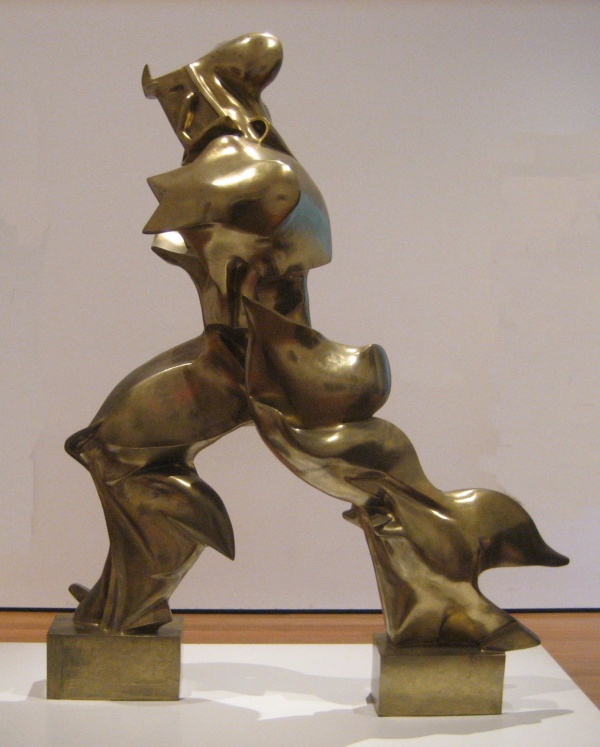Facts About Unique Forms of Continuity in Space
"Unique Forms of Continuity in Space" is a mesmerizing Futurist sculpture crafted by Umberto Boccioni in 1913. This striking piece, embodying movement and fluidity, has become so iconic that it appears on the Italian 20-cent euro coin.
Boccioni, who initially started his artistic career as a painter, turned to sculpture to more effectively convey the speed and dynamism central to the Futurist movement. His goal with this work was to depict a seamless flow of motion, contrasting with the fragmented representations seen in the works of some of his contemporaries.
The sculpture itself features a human-like figure in motion, characterized by its aerodynamic and fluid form. Interestingly, the figure lacks arms and a distinct face, enhancing its abstract and dynamic nature. Despite Boccioni's initial resistance to traditional sculpture, "Unique Forms of Continuity in Space" shows clear influences from classical pieces such as the "Winged Victory of Samothrace" and Auguste Rodin's "Walking Man."
The original plaster version of the sculpture resides in the Museu de Arte Contemporânea in São Paulo. Meanwhile, bronze casts of the piece can be found in various museums worldwide. The sculpture has left a lasting impact, inspiring numerous artistic endeavors. For instance, in 2009, it was the centerpiece of an international composition competition and workshop celebrating Italian Futurism.
In 2018, the sculpture’s influence extended into the realm of sim racing. It was used as the model for the trophy in the FIA GT Online Championships. To ensure an accurate representation, Polyphony Digital employed laser scanning techniques to create a precise replica of the sculpture. This modern application underscores the ongoing fascination with the themes of speed and machinery that were so central to the early 20th-century Futurist movement.

 Austria
Austria